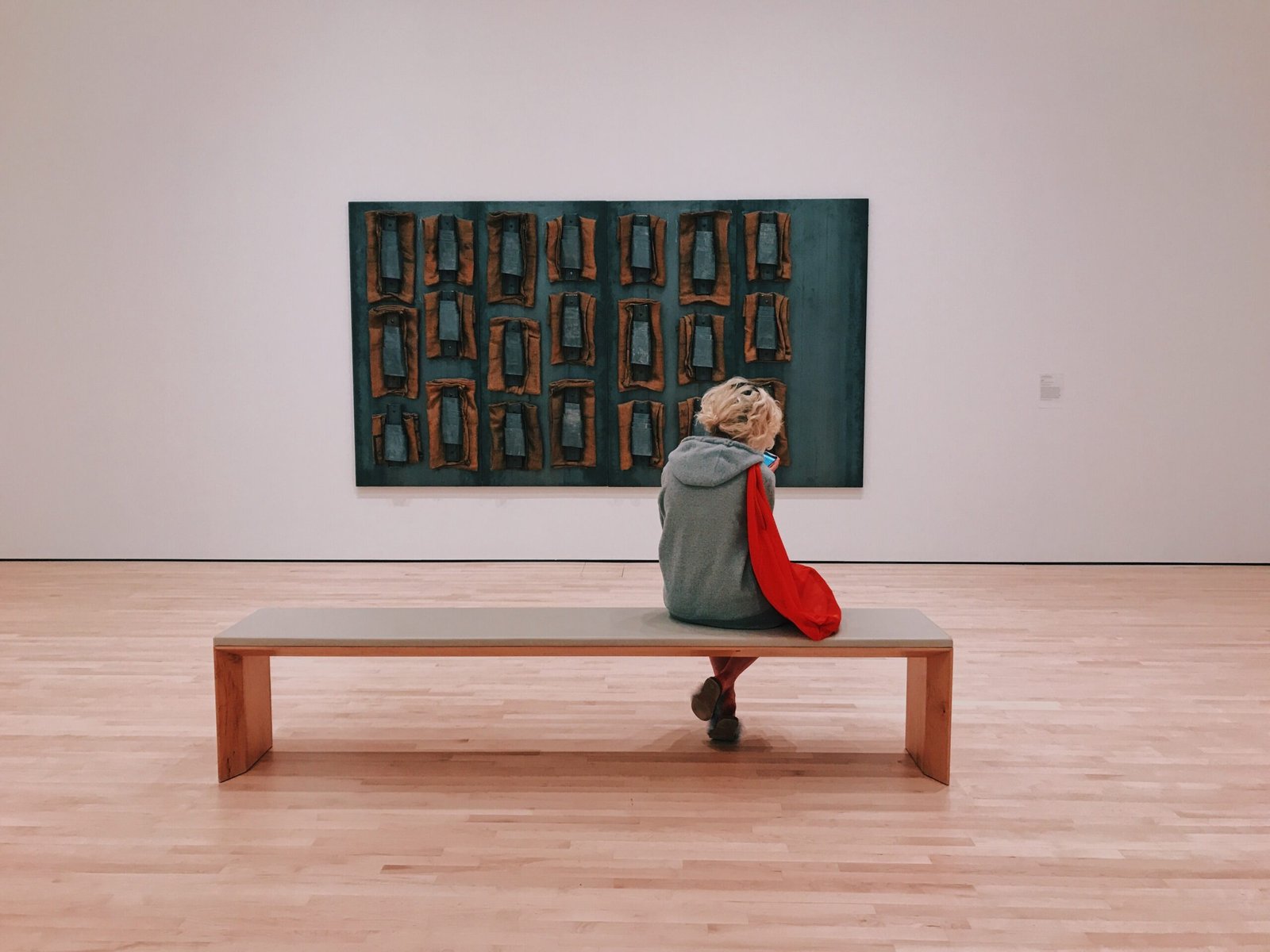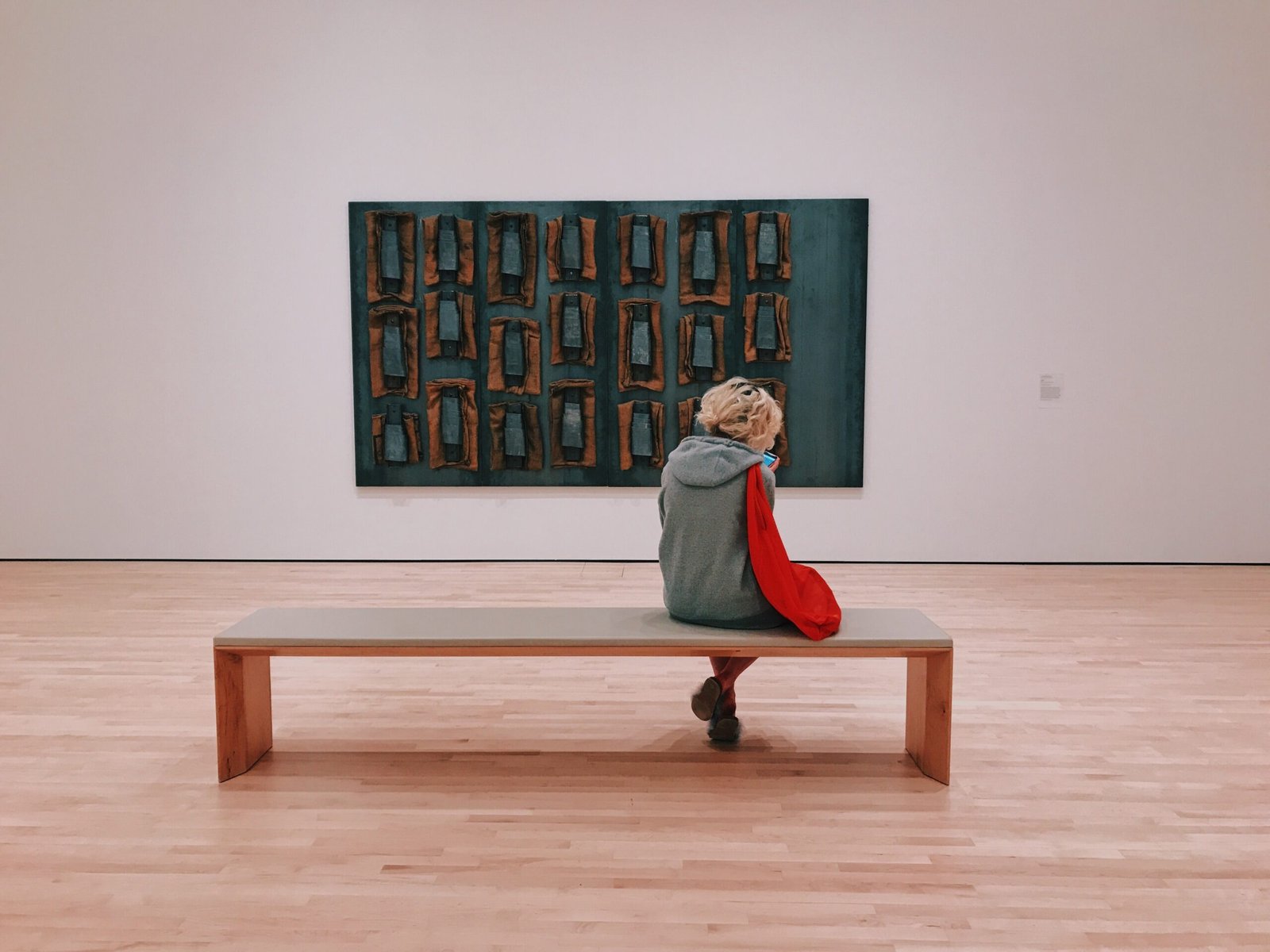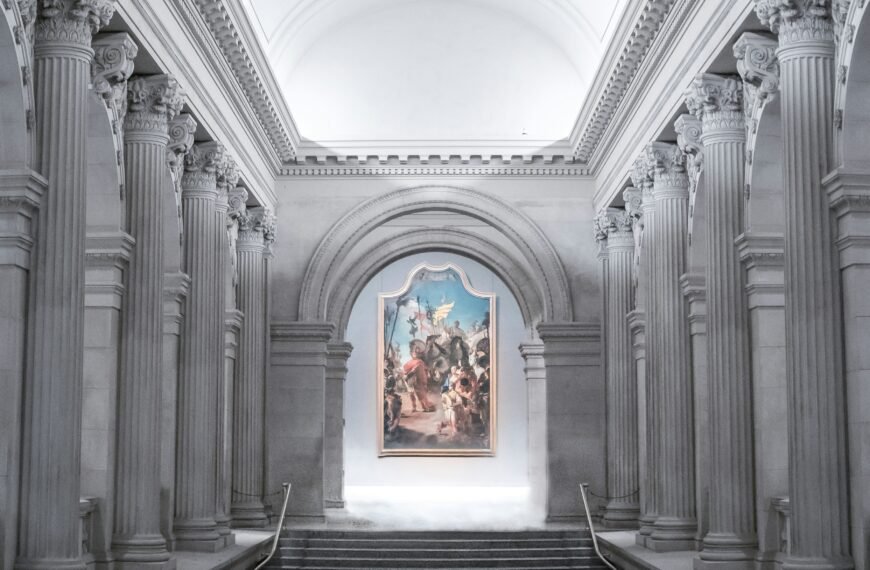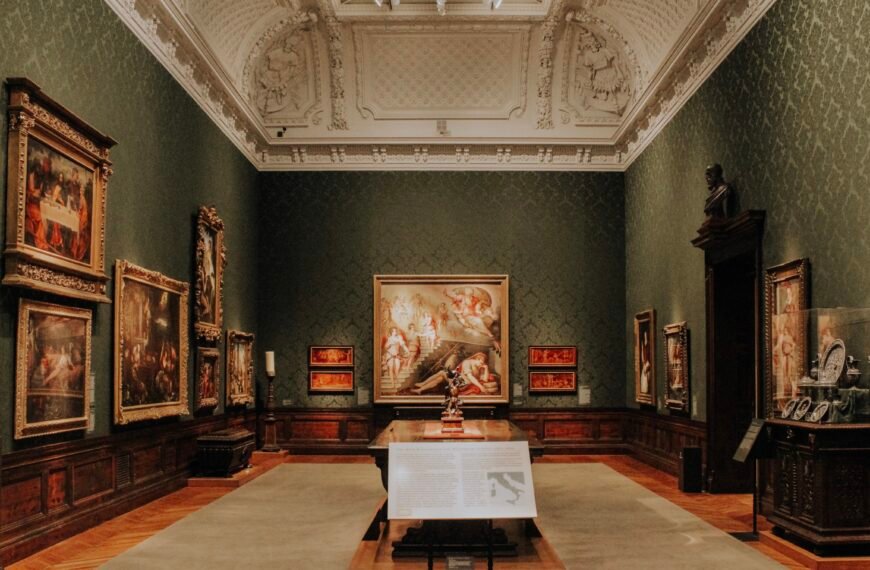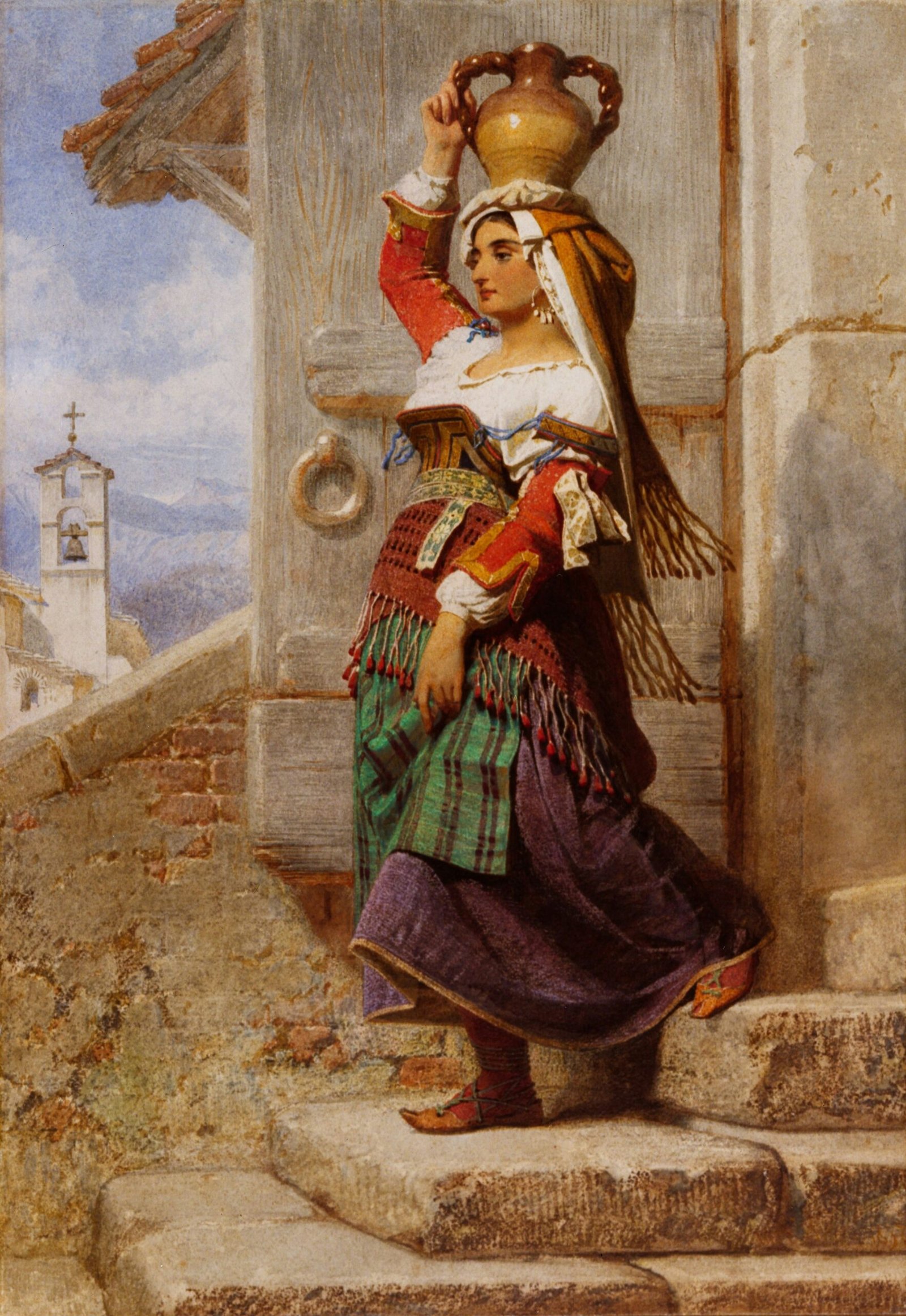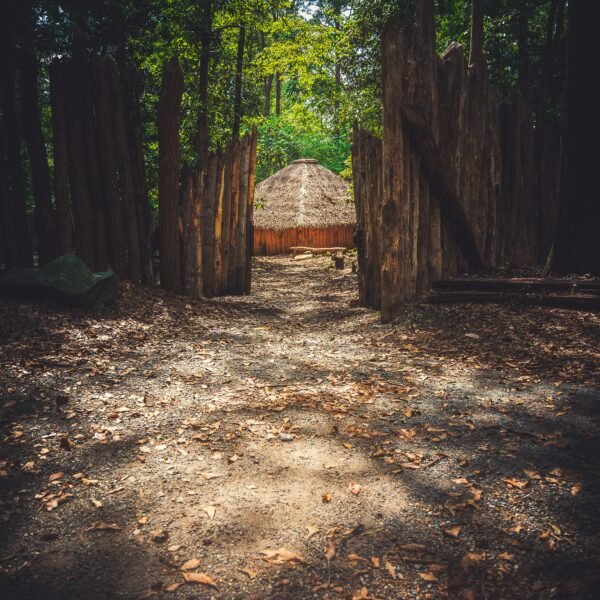Have you ever wondered what exactly a museum curator does? Well, a museum curator is like a master storyteller, carefully selecting and arranging fascinating artifacts to create captivating narratives. They bring history, art, and culture to life, meticulously researching, preserving, and interpreting the wonders of the past. Their job is to curate exhibitions, educate visitors, and curate the collections, ensuring that every piece tells a unique and compelling story. So next time you stroll through a museum, take a moment to appreciate the skill and dedication of the museum curator, weaving together the tapestry of our heritage.
Responsibilities
As a museum curator, your role encompasses a wide range of responsibilities necessary for the successful operation of a museum. These responsibilities include acquiring and cataloging artifacts, researching and interpreting the collection, designing and organizing exhibitions, developing educational programs, preserving and conserving artifacts, and managing museum staff and volunteers. Each of these tasks plays a crucial role in creating a rich and engaging museum experience for visitors.
Acquiring and Cataloging Artifacts
One of the primary responsibilities of a museum curator is to acquire new artifacts for the museum’s collection. This involves identifying potential acquisitions, conducting research on their provenance and authenticity, and negotiating the acquisition process. Once an artifact is acquired, it needs to be properly cataloged. Cataloging involves creating detailed records of each item, including information such as its origin, historical significance, and physical condition. This ensures that the collection is well-documented and easily accessible for research and exhibition purposes.
Researching and Interpreting the Collection
In order to provide accurate and informative context to the museum’s collection, curators must engage in thorough research on each artifact. This research helps curators understand the historical and cultural significance of each item, allowing them to interpret and analyze its meaning within a larger context. Curators also have the responsibility of presenting their findings to the public through scholarly articles, publications, and educational programs. By sharing their knowledge, curators make the collection more accessible and engaging for visitors.
Designing and Organizing Exhibitions
Exhibitions are the heart of any museum, and as a curator, you play a vital role in designing and organizing them. This involves creating exhibition themes and concepts that align with the museum’s mission and the collection’s significance. Once the themes are established, curators work on developing exhibition layouts and designs that effectively showcase the artifacts. Curators also coordinate the loan of artifacts from other institutions, ensuring proper insurance coverage and safe transportation. Furthermore, curators oversee the installation process, ensuring that the exhibition is visually appealing and engaging to visitors.
Developing Educational Programs
Educational programs are essential to engage visitors of all ages and backgrounds. As a curator, you will play an important role in developing and implementing these programs. This includes planning curriculum-based programs for school groups, organizing workshops and lectures, and designing interactive activities for visitors. By creating engaging and informative educational initiatives, you enhance the overall visitor experience and foster a love for art and history.
Preserving and Conserving Artifacts
Preservation and conservation are crucial aspects of a curator’s role. Curators are responsible for developing and implementing strategies to ensure the long-term preservation of the collection. This includes implementing proper storage and display techniques, monitoring and controlling environmental conditions such as temperature and humidity, and conducting regular inspections for any signs of deterioration. By prioritizing the preservation and conservation of artifacts, curators safeguard the cultural and historical heritage for future generations.
Managing Museum Staff and Volunteers
As a museum curator, you are not only responsible for the artifacts and exhibitions but also for managing the museum staff and volunteers. This involves supervising and delegating tasks to ensure smooth day-to-day operations. Curators also play a crucial role in training and mentoring staff and volunteers, providing them with the necessary guidance and support to excel in their roles. Collaboration with other museum departments, such as marketing and operations, is also essential to ensure a cohesive and well-rounded museum experience.

Skills and Qualifications
To excel as a museum curator, you need a diverse set of skills and qualifications that enable you to handle the varied responsibilities of the role.
Knowledge of Art and History
A strong foundation in art and history is essential for a museum curator. This includes understanding various art techniques and styles, as well as being familiar with historical periods and cultural movements. This knowledge allows curators to accurately interpret and present the collection to the public, ensuring that visitors gain a deep understanding and appreciation for the artifacts.
Strong Organizational and Multitasking Skills
As a curator, you will be involved in numerous projects simultaneously. Strong organizational and multitasking skills are crucial to effectively manage and prioritize tasks. From coordinating exhibitions to overseeing research projects and educational programs, the ability to stay organized and manage time efficiently is essential for a curator’s success.
Excellent Research and Analytical Abilities
Curators spend a significant amount of time conducting research on artifacts and historical context. Excellent research and analytical abilities are necessary to ensure accuracy in interpreting the collection and presenting information to the public. Thorough research and critical thinking skills allow curators to uncover the stories behind each artifact, making the museum experience more informative and engaging.
Effective Communication and Interpersonal Skills
Curators interact with various stakeholders, including museum staff, volunteers, donors, and museum visitors. Effective communication and interpersonal skills are vital to establish positive relationships and convey information clearly. Curators must be able to communicate complex concepts in an accessible manner and engage with diverse audiences to foster an inclusive and welcoming museum environment.
Attention to Detail and Problem-Solving Skills
Preservation and conservation are key responsibilities of a curator. Attention to detail is crucial when assessing the condition of artifacts and implementing appropriate storage and display techniques. Additionally, problem-solving skills are essential for developing innovative solutions to address any preservation challenges that may arise.
Education and Experience Required
To become a museum curator, a minimum of a bachelor’s or master’s degree in a relevant field is generally required. Degrees in art history, museum studies, or a specific area of focus, such as archaeology or anthropology, provide a strong foundation for this career. Previous experience in museum studies or related work, such as internships or volunteer positions, can also be beneficial. Continuous professional development and learning are highly encouraged to stay updated with advancements in the field and expand knowledge and skills.
Acquiring these skills, qualifications, and experiences will equip you to fulfill the diverse responsibilities of a museum curator. Through your passion for art and history, your dedication to preserving and interpreting artifacts, and your commitment to creating engaging exhibitions and educational programs, you can inspire and educate visitors and contribute to the enrichment of cultural heritage for generations to come.
